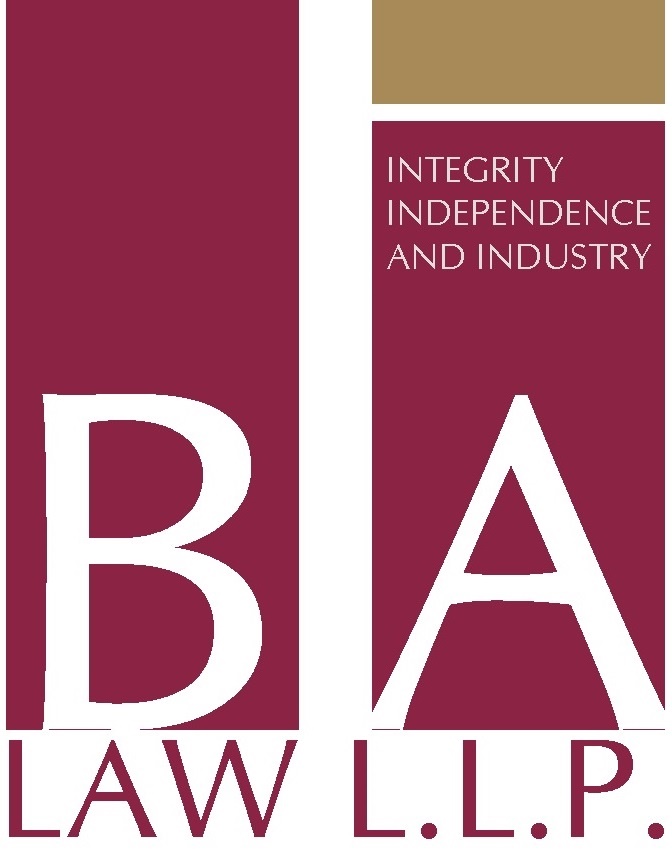
Debt recovery has posed significant challenges for commercial banks in the Nigerian financial system, and in response to this problem, the Asset Management Corporation of Nigeria was established in 2010 as a special purpose vehicle with the mandate to acquire and manage eligible bank assets arising from non-performing loans from banks, which is a key stabilising and revitalising tool to reviving and stabilising the financial system. This allowed banks to recapitalise and focus on their core lending activities, thereby promoting financial systemic resilience, improved capital adequacy ratios and freeing up valuable resources.
This article examines the legal implications of assigning eligible bank assets (arising from non-performing loans) to AMCON, whether partially or wholly, and whether such an assignment extinguishes or limits the bank’s right to further pursue recovery, considering the recent amendments to the AMCON Act in 2019.
By virtue of Section 4 of the AMCON Act 2019 as amended, the duty of the corporation shall be to assist eligible financial institutions to efficiently dispose of eligible bank assets in accordance with the provisions of this Act, while Section 5 expressly states that the function of the corporation is to “acquire eligible bank assets from eligible financial institutions”.
Section 61 of the AMCON Act specifically defines debt as any credit facility, loan, or risk asset, whether performing or non-performing, including interest. In other words, non-performing loans refer to “an outstanding loan that is not being repaid.” They are loans which do not generate income for a relatively long period of time; that is, the principal and/or interest on these loans remain unpaid for at least 90 days. More specifically, if a borrower has a loan and he has not fulfilled his loan obligations to the bank for more than 90 days, then his loan is considered non-performing and therefore qualified to get acquired by AMCON as eligible bank assets.
The object and functions of the corporation are provided for under Sections 4, 5 and 37 of the AMCON Act, which empower it, because of the existence of the said non-performing loan, to acquire and dispose of eligible bank assets. This includes loans, credits or other financial accommodations obtained by insiders, or persons connected with the eligible financial institution that granted the loan. The rationale behind the establishment of AMCON is for the corporation to purchase toxic assets from banks to enable the banks to maintain a “clean” balance sheet. The legislature’s intention was for AMCON to take over eligible bank assets upon the sale of assets to it.
The issue which may arise is what interest does the bank that has fully assigned its interest in the eligible bank assets from a non-performing loan to AMCON possess? In other words, does the bank, after assigning such an eligible bank asset to AMCON, still have the right to pursue the recovery of the loan, or is it only AMCON that has the right to recover the loan?
In the case of Zamfara State Govt & Anor v Unity Bank & Anor, the court held that AMCON was clothed with powers, in keeping with its mandate, to purchase the eligible bank assets from non-performing loan assets of banks in Nigeria by virtue of Section 25 of the AMCON Act 2010. Pursuant to this statutory duty, and by virtue of Section 34(1) of the Act, upon acquisition of an EBA by AMCON, all the rights vested in the eligible financial institution, that is, the transferor, in relation to the EBA are automatically transferred to AMCON (the transferee). In essence, the transferor is divested of all the rights over the transferred EBA once acquired by AMCON. This is backed by statute and expressly provided in Section 34(1) of the Act, which states that:
“…where the Corporation acquires an eligible bank asset, the debtor concerned and any guarantor, surety or receiver, liquidator, examiner or any other person concerned and the eligible financial institution shall cease to have those rights and obligations.”
Section 35(1) of the AMCON Act underscores that following the acquisition of an EBA by AMCON, the Corporation is entitled to exercise all rights and powers relating to that EBA, subject to any exclusion contained in the purchase agreement. The combined effects of Sections 25, 34, and 35 show that the bank whose assets have been purchased by AMCON no longer has the opportunity to pursue debt recovery actions in its name, once it has sold its relevant EBA to AMCON.
Similarly, in the case of Van Vilet Trucks (Nig) Ltd v AMCON & Anor, the court held that AMCON had statutory powers of ownership once it had fulfilled the purpose of its creation, which is acquiring eligible bank assets (bad loans). Upon acquisition, it becomes the owner of the loan instead of the initial bank that advanced the facility. This confers authority on AMCON, and once the loan vests in AMCON, the financial institution ceases to have the right to pursue the debtor. Thus, AMCON becomes seized of the eligible bank asset. The implication here is that a bank loses the right to pursue an indebtedness once it has been assigned to AMCON. Section 35(1) of the Act emphasises that the corporation is entitled to exercise all rights and powers in relation to the eligible bank asset and any connected security.
Furthermore, the relationship between the eligible financial institutions (banks) and AMCON is purely contractual. The banks sell off their non-performing loans to AMCON and transfer all rights and interests under the loan agreements with customers, thereby empowering AMCON to take all steps necessary, including instituting actions against defaulting debtors. It is akin to the doctrine of subrogation, where an insurer steps into the shoes of the insured and pursues the recovery from the negligent third party. In the case, assignment of eligible bank assets, AMCON steps into the shoes of the eligible financial institution and pursues the recovery of the non-performing loan. Consequently, the right of the assignee bank to recover the loan is extinguished.
AMCON buys the bad debt of eligible financial institutions and converts them into debt securities such as government bonds or equity investments tradable on the Nigerian Stock Exchange. Trading such debts makes them liquid, and funds realised from trading debt securities may be applied to repaying the loans through AMCON.
For a loan to be purchasable by AMCON, the EBA must emanate from an eligible financial institution. To facilitate this process, AMCON is empowered to issue bonds or other forms of debt instruments as consideration for the acquisition of toxic assets. Loans eligible for purchase must be those whose security rights and transfer are legally enforceable, provided they are classified as substandard and the mechanism for acquisition centres on the issuance of bonds and other debt securities by AMCON, as permitted under the AMCON Act.
Additionally, when the process of acquisition is completed, the EBAs automatically vest in AMCON, which is empowered to exercise all the rights and obligations previously enjoyed by the banks in relation to those EBAs. Moreover, such an acquisition completely and totally extinguishes the right of the bank or eligible financial institution to pursue the recovery of such a loan.
Adenrele Adegborioye

